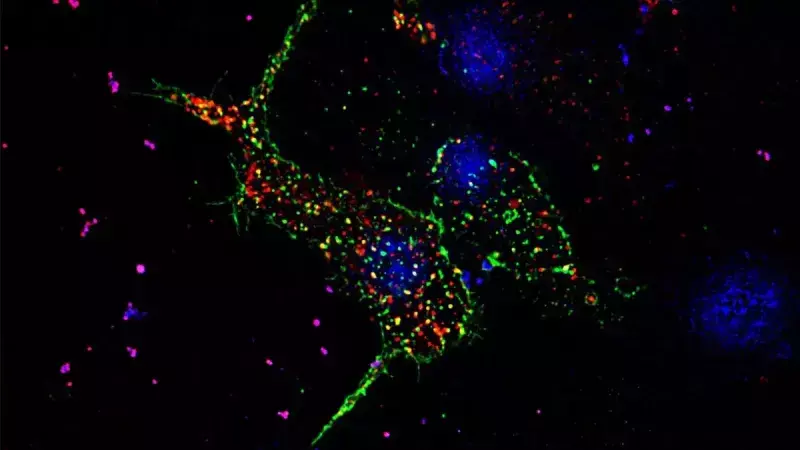
IISc Study Reveals New Target for Diabetes Treatment
Diabetes is a chronic and debilitating condition that affects millions of people worldwide. Type 2 diabetes, in particular, is characterized by insulin resistance, where the body’s cells become less responsive to insulin, leading to high blood sugar levels. Researchers have been working tirelessly to find new and effective ways to treat this condition, and a recent study by the Indian Institute of Science (IISc) has shed new light on a crucial aspect of Type 2 diabetes.
The study, published in the journal Nature Communications, reveals that tiny protein gates called GLUTs (Glucose Transporters) play a crucial role in regulating glucose uptake in the body. These protein gates are responsible for facilitating the entry of glucose into the cells, where it can be used for energy production or stored for later use.
However, in the case of Type 2 diabetes, the researchers found that these GLUTs don’t move properly in diabetic cells. As a result, the entry of glucose into the cells is slowed down, leading to reduced insulin release, especially for the body’s quick-release insulin. This insulin resistance is a hallmark of Type 2 diabetes and can lead to a range of complications, including cardiovascular disease, kidney damage, and vision loss.
The IISc study used a combination of experimental and computational approaches to understand the role of GLUTs in glucose transport. The researchers used advanced microscopy techniques to visualize the movement of GLUTs in diabetic cells and found that they were unable to move properly. They also used computational modeling to simulate the behavior of GLUTs and found that their impaired movement led to reduced glucose uptake.
The study’s lead author, Dr. Sridhar Raghavan, said, “We were surprised to find that the GLUTs were not moving properly in diabetic cells. This was a crucial finding, as it pointed to a new target for diabetes treatment.”
The researchers believe that the impaired movement of GLUTs could be the result of various factors, including changes in the structure and function of the protein gates, or the presence of other proteins that interact with GLUTs and affect their movement.
The study’s findings have significant implications for the treatment of Type 2 diabetes. If the impaired movement of GLUTs can be corrected, it could potentially lead to improved insulin sensitivity and reduced glucose levels. This could be achieved through various means, such as:
- Developing new medications that target GLUTs: Researchers could develop new medications that target GLUTs and restore their normal function. This could involve designing small molecules that bind to GLUTs and stimulate their movement, or developing antibodies that target specific proteins that interact with GLUTs.
- Gene therapy: Gene therapy involves introducing a healthy copy of the GLUT gene into the cells to restore normal function. This could be a promising approach for treating Type 2 diabetes, particularly for patients who have a genetic mutation that affects GLUT function.
- Lifestyle interventions: Lifestyle interventions, such as exercise and diet, could also play a crucial role in improving GLUT function. Exercise, in particular, has been shown to improve insulin sensitivity and GLUT function, and could be a valuable adjunct to medication or gene therapy.
The study’s findings also highlight the importance of understanding the molecular mechanisms underlying Type 2 diabetes. By identifying new targets for treatment, such as GLUTs, researchers can develop more effective and personalized treatments for this condition.
In conclusion, the IISc study has shed new light on a key problem in Type 2 diabetes: glucose traffic jams. The impaired movement of GLUTs is a crucial factor in reducing insulin release and glucose uptake, and correcting this defect could potentially lead to new and effective treatments for the condition. Further research is needed to fully understand the mechanisms underlying GLUT function and to develop effective treatments for Type 2 diabetes.
Source:
https://researchmatters.in/news/unclogging-glucose-highways-new-look-type-2-diabetes






